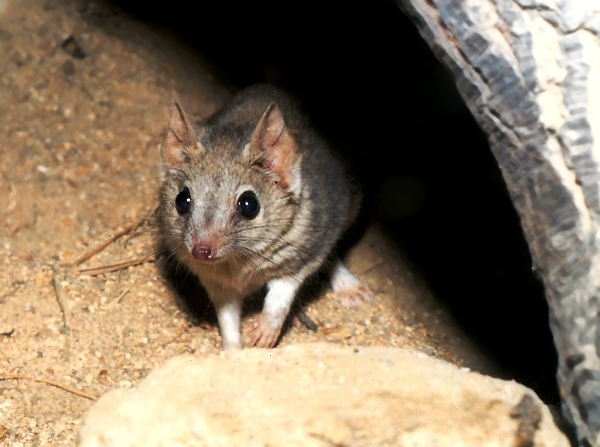Facts About Kowari
The kowari, also known as the brush-tailed marsupial rat, is a small and fascinating carnivorous marsupial native to the dry grasslands and deserts of central Australia. This remarkable creature is the sole member of its genus, Dasyuroides.
In terms of size, the kowari is quite compact, with a body length of approximately 16.5 to 18 centimeters, complemented by a tail that adds another 13 to 14 centimeters. Its diet primarily consists of insects and spiders, but it is opportunistic and will also consume small lizards, birds, and rodents when available. Kowaris are either solitary or live in small groups, foraging for food among grass tussocks.
The breeding season for the kowari spans from May to October. After a gestation period of about 32 days, a female gives birth to a litter of 5 to 6 young. These juveniles are easily recognizable by their ashy-grey coats and the distinctive brush of black hairs at the end of their tails.
Kowaris inhabit the stony desert regions of the Lake Eyre drainage basin in northeastern South Australia and southwestern Queensland. Unfortunately, their population has been declining west of Lake Eyre, and they may even be extinct in that area. The kowari is closely related to the mulgara, with two recognized subspecies: D. b. byrnei in the northeastern part of its range and D. b. pallidior in the southwestern part.
In terms of health, kowaris have been known to suffer from oral squamous cell carcinomas (SCCs), which cause tumors and swelling in their gums. These cancers are typically fatal once they metastasize.
The kowari was first described in 1896 by Sir Walter Baldwin Spencer, who named it in honor of the scientist Patrick Michael Byrne. Despite the challenges it faces, the kowari remains a unique and intriguing species with specific habitat preferences and health issues that impact its population in parts of Australia.
